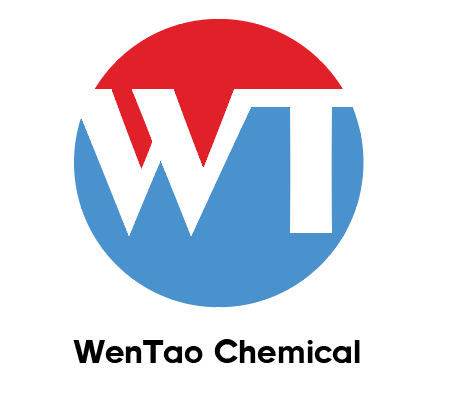Titanium tetraisopropanolateCAS NO.: 546-68-9 CAS NO.546-68-9
- FOB Price: USD: 4.00-5.00 /Kilogram Get Latest Price
- Min.Order: 1 Kilogram
- Payment Terms: L/C,D/A,D/P,T/T,Other
- Available Specifications:
top grade (1-10)Kilogramtop grade (10-100)Kilogram
- Product Details
Keywords
- Titanium tetraisopropanolate
- TTIP
- 99.5% Titanium tetraisopropanolate
Quick Details
- ProName: Titanium tetraisopropanolateCAS NO.: 5...
- CasNo: 546-68-9
- Molecular Formula: C12H28O4Ti
- Appearance: colourless liquid
- Application: Catalyst and Auxiliary
- DeliveryTime: In stock
- PackAge: Aluminium Foil Bag and Paper Drum
- Port: China main port
- ProductionCapacity: 10000 Gram/Day
- Purity: 99%
- Storage: Room temperature
- Transportation: By sea or by air
- LimitNum: 1 Kilogram
- Grade: Industrial Grade,Food Grade,Pharma Gra...
- first class: 1-10
Superiority
Details
| Hazard Codes | Xi,F |
| Risk Statements | 10-36-36/37/38-11-67 |
| Safety Statements | 16-26-36/37/39-7/9 |
| RIDADR | UN 2413 3/PG 3 |
| WGK Germany | 2 |
| RTECS | NT8060000 |
| F | 21 |
| TSCA | Yes |
| HazardClass | 3 |
| PackingGroup | III |
| HS Code | 29051900 |
| Hazardous Substances Data | 546-68-9(Hazardous Substances Data) |
| MSDS Information |
| Provider | Language |
|---|---|
| Titanium(IV) isopropoxide | English |
| ACROS | English |
| SigmaAldrich | English |
| ALFA | English |
| Titanium tetraisopropanolate Usage And Synthesis |
| Reactions |
|
| Chemical Properties | colourless to light yellow liquid |
| Uses | Catalyst especially for asymmetric induction in organic syntheses; in preparation of nanosized TiO2. Complexing agent in sol-gel process. |
| General Description | A water-white to pale-yellow liquid with an odor like isopropyl alcohol. About the same density as water and . Flash point 66°F. Vapors heavier than air. |
| Air & Water Reactions | Highly flammable. Fumes in air. Soluble in water. Decomposes rapidly in water to form flammable isopropyl alcohol. |
| Reactivity Profile | Metal alkyls, such as TETRAISOPROPYL TITANATE, are reducing agents and react rapidly and dangerously with oxygen and with other oxidizing agents, even weak ones. Thus, they are likely to ignite on contact with alcohols. |
| Health Hazard | Inhalation or contact with material may irritate or burn skin and eyes. Fire may produce irritating, corrosive and/or toxic gases. Vapors may cause dizziness or suffocation. Runoff from fire control or dilution water may cause pollution. |
| Purification Methods | Dissolve it in dry *C6H6 , filter if a solid separates, evaporate and fractionate. It is hydrolysed by H2O to give solid Ti2O(iso-OPr)2 m ca 48o. [Bradley et al. J Chem Soc 2027, 1952, Bradley et al. J Chem Soc 469 1957, Beilstein 1 II 328, 1 IV 1469S.] |


 Diamondsupplier
Diamondsupplier 



